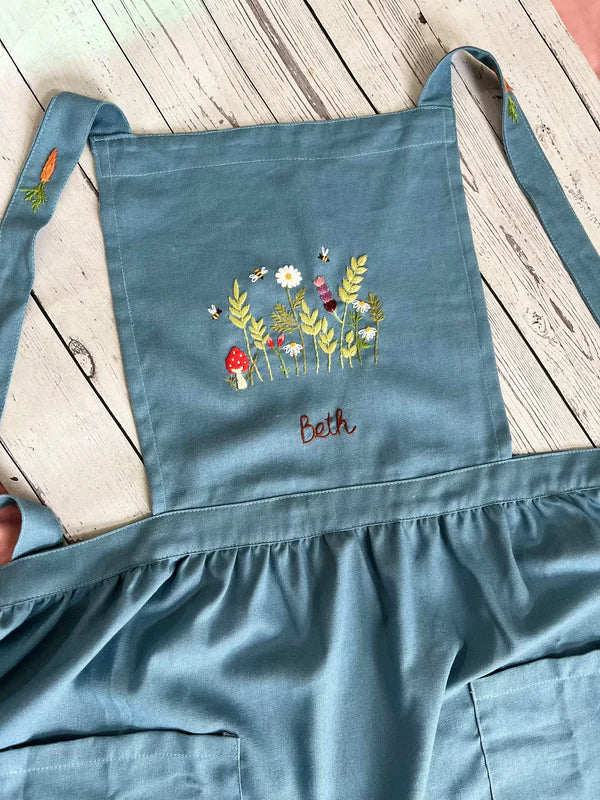Introduction
Balenciaga, a name synonymous with high fashion and innovation, has undergone a remarkable transformation over the decades. Originally rooted in classic couture, the brand has shifted to embrace a bold, urban aesthetic that reflects contemporary culture. This article explores the evolution of Balenciaga, highlighting its journey from elegant designs to the edgy, streetwear-inspired collections that define it today.
The Origins of Balenciaga
Founded in 1917 by Spanish designer Cristóbal Balenciaga, the brand initially garnered attention for its luxurious fabrics and impeccable tailoring. Balenciaga was celebrated for his architectural approach to fashion, creating garments that flattered the female form while pushing the boundaries of design. His work was characterized by clean lines, innovative shapes, and a sculptural quality that set him apart from his contemporaries.
Balenciaga’s Influence on Couture
Cristóbal Balenciaga is often regarded as one of the most influential couturiers of the 20th century. His designs revolutionized women’s fashion, introducing concepts like the cocoon coat and the baby doll silhouette. These creations were not just garments; they were works of art that transformed how women dressed. Balenciaga clothing became synonymous with sophistication, appealing to a clientele that appreciated quality and craftsmanship.
The Shift to Modernity
As the fashion world evolved, so did Balenciaga. After Cristóbal’s death in 1972, the brand went through a series of changes, struggling to maintain its relevance. It wasn’t until 1997, with the appointment of designer Nicolas Ghesquière, that Balenciaga began to regain its status as a fashion powerhouse. Ghesquière’s vision brought a new energy to the brand, blending its couture roots with a modern, avant-garde approach.
Ghesquière’s Impact
Under Ghesquière’s leadership, Balenciaga clothing took on a more experimental tone. His collections often featured bold colors, unconventional silhouettes, and a mix of textures that captivated the fashion industry. Ghesquière’s ability to merge the classic with the contemporary reinvigorated the brand and attracted a younger audience, paving the way for its eventual transformation into a streetwear icon.
Demna Gvasalia and the Urban Aesthetic
In 2015, Demna Gvasalia took the helm as creative director of Balenciaga, marking another significant turning point for the brand. Gvasalia, known for his work with the brand Vetements, brought a distinct urban sensibility to Balenciaga. His vision challenged traditional notions of luxury, favoring a more accessible, offbeat style that resonated with the youth culture of the time.
The Rise of Streetwear
Gvasalia’s collections blurred the lines between high fashion and streetwear, making Balenciaga a leader in the movement. His designs often featured oversized silhouettes, casual fabrics, and bold graphics, appealing to a generation that valued comfort and individuality. The infamous “Triple S” sneaker, a chunky, dad-style shoe, became a cultural phenomenon, symbolizing the shift toward casual luxury.
Balenciaga’s Signature Style
Today, Balenciaga’s aesthetic is characterized by its blend of the avant-garde and the everyday. The brand has established a unique identity that embraces both luxury and street style, making it a favorite among fashion-forward individuals. Balenciaga clothing now includes everything from tailored pieces to casual wear, all infused with a distinct flair.
Iconic Pieces and Collections
Some of the most notable collections under Gvasalia include the Spring/Summer 2017 collection, which showcased exaggerated proportions and bold prints, and the Fall/Winter 2018 collection, where models walked the runway in what looked like thrift-store finds. These collections highlight Balenciaga’s commitment to challenging fashion norms while maintaining a sense of luxury.
Collaborations and Cultural Impact
Balenciaga’s influence extends beyond the runway. The brand has collaborated with various artists and brands, further cementing its status in popular culture. Partnerships with celebrities and influencers have amplified its reach, making Balenciaga clothing a staple in street style. The brand’s logo, often worn as a statement piece, has become a symbol of status and trendiness.
The Future of Balenciaga
As Balenciaga continues to evolve, its future remains bright. The brand’s ability to adapt to changing cultural landscapes and consumer preferences sets it apart in the competitive fashion industry. With sustainability becoming increasingly important, Balenciaga is also exploring eco-friendly practices, which may shape its collections in the coming years.
The Challenge of Authenticity
However, the shift towards urban chic has not been without criticism. Some fashion purists argue that Balenciaga has strayed too far from its couture roots, prioritizing commercial success over artistry. Balenciaga’s response has been to embrace its heritage while simultaneously pushing boundaries, ensuring that it remains a relevant player in the fashion world.
Conclusion
Balenciaga’s transformation from classic couture to urban chic is a testament to the brand’s resilience and innovation. Through the visionary leadership of designers like Nicolas Ghesquière and Demna Gvasalia, Balenciaga has successfully navigated the ever-changing landscape of fashion. Today, Balenciaga clothing represents a fusion of luxury and street style, appealing to a diverse audience that values both tradition and modernity.
As we look to the future, Balenciaga’s journey serves as an inspiration, reminding us that fashion is not static but a dynamic reflection of culture and creativity. Whether rooted in the elegance of the past or the boldness of the present, Balenciaga continues to captivate and challenge, ensuring its place in the pantheon of fashion history.



